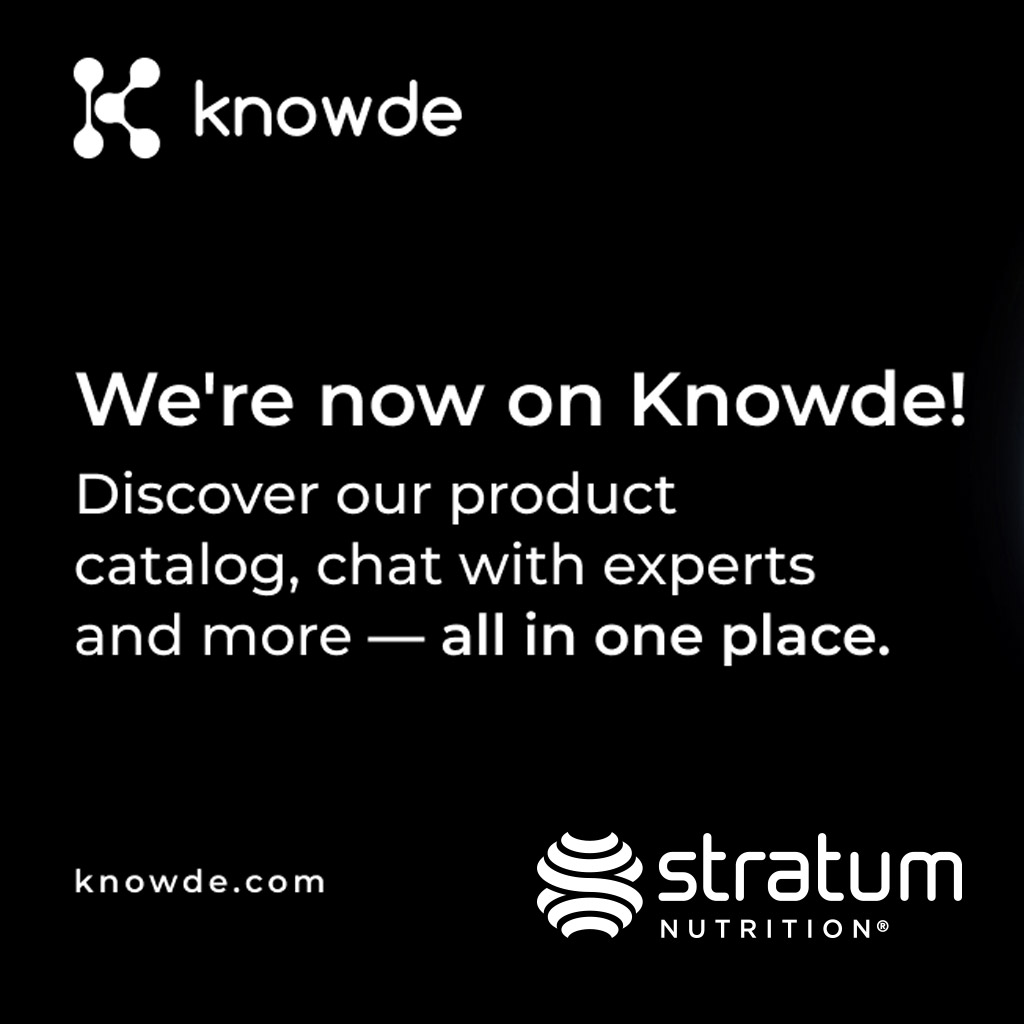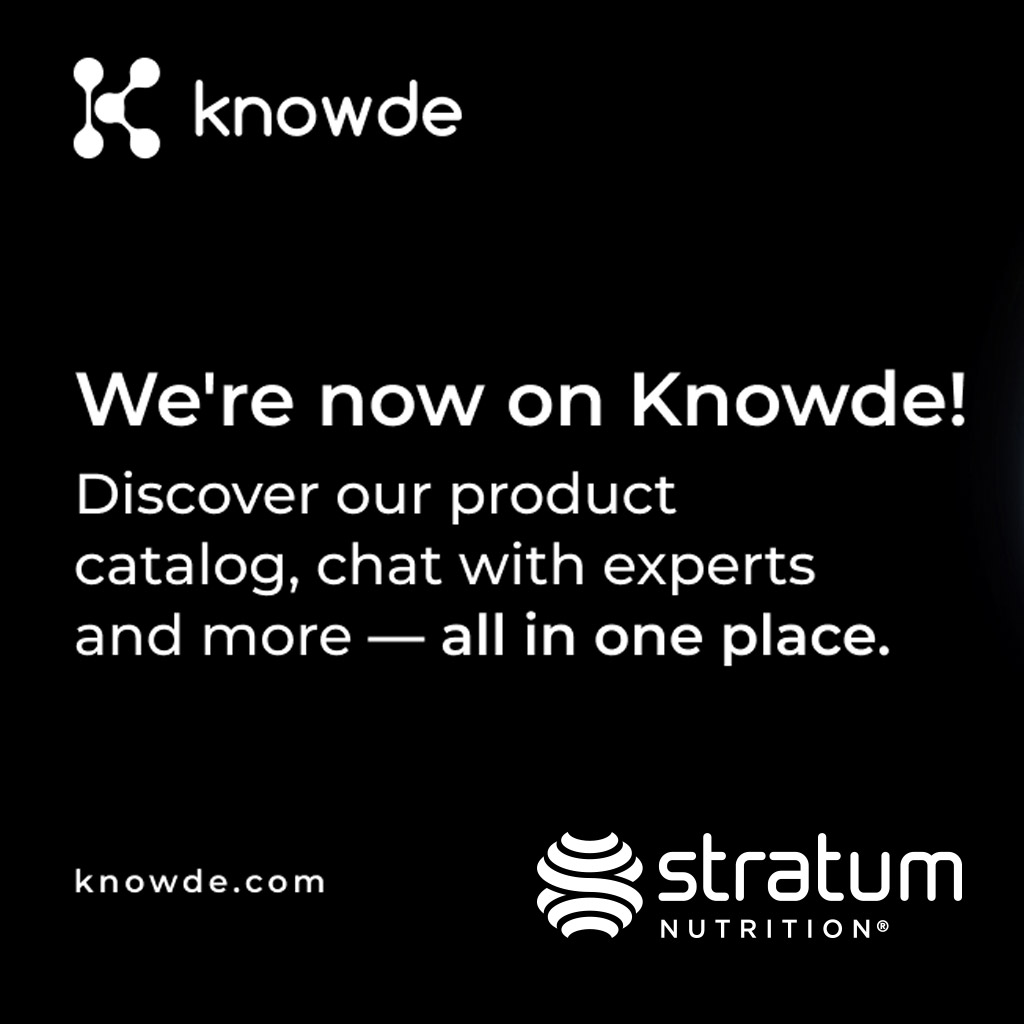Let’s Get Emotional
Jan 21 2020
| Our Blog
| Jackie Rizo
Betty White. Who doesn’t love this golden girl?! Remember back in 2010 when her career was revitalized by Snickers’ “You’re not you when you’re hungry” campaign? There we all were, watching the Super Bowl and then Bam! Betty White shows up and is slammed down in a pile of mud.
This campaign toiled with our emotions, giving us 30 seconds of shock and awe. We quickly went from, “Awe, we love Betty White” to, “Crap, that dude just threw her in the mud” to finally agreeing with their ever so relatable slogan, “you’re not you when you’re hungry.” (#truth)
None of us are.
Our beloved nonagenarian helped launch this successful campaign for Snickers which increased sales by $376 million in just 2 years.
Advertisements work when done right.
More than 75 years ago, the first television commercial ran for only $9 and has since grown into a $75 billion/year industry. Though the rise of the internet has decreased TV’s market share, internet advertising has ensured that video ads are more popular now than ever.
But, marketers have one major problem: people hate advertising. Marc Pritchard, the chief brand officer at Procter & Gamble, said, ads are often irrelevant and sometimes, “just silly, ridiculous or stupid.”
We’re pretty sure he was thinking of the Puppy Monkey Baby video.
The average person is bombarded with a significant amount of ads from various mediums 24 hours a day – radio, television, social media and print ads. Many consumers, especially the affluent younger generation sought out by most agencies, despise ads to the extent of paying to avoid them.
With all this marketing noise and avoidance, how can brands make sure their ads stand out and are heard?
Brands stand out by getting in touch with their consumers’ feelings.
We call this emotional marketing.
Think about it like this: when considering a new business, if it were between two ads – one that simply talked about its products and another that made you laugh or cry – which one would “impress” you and leave its mark? The second one, right?
First impressions form in a matter of seconds. The same goes for a first impression of a product or brand.
Emotional marketing can shape a brand’s first impression by helping it be heard above the marketing noise.
Evoking emotion through advertising achieves the emotional connection a consumer has with a brand. According to Psychology Today, research shows people respond to the emotional part of an ad more than the text itself and according to the 2016 Neilsen report, “Emotions are central to advertising effectiveness,” and ads that generated above-average brainwave activity were associated with a 23% lift in sales volume.
Brands count on consumers sharing their content in order to be seen – even by the haters currently blocking ads.
According to HubSpot, the most-shared ads relied on emotional content, including happiness, friendship and inspiration. Ads that convey strong emotions often go viral and produce high results.
Insert “sharing is caring” here.
You may be wondering where to begin.
If you’ve not heard of the Story Cycle, it is a 10-step process inspired by American mythologist Joseph Campbell’s Hero’s Journey universal story template, we highly recommend it. It’s a resource your brand can use to create more compelling stories that resonate with their customers.
A good example of this process is the Doritos Ultrasound commercial. It walks through each step capturing the story of the consumer, not just their brand. Your brand becomes bigger and better when your story weaves into theirs.
Advertisements work when done right.
One key component to successful emotional advertising is to know and capitalize on your brand’s core – not blindly reaching for an emotional reaction.
Didn’t we learn from Nationwide’s mishap back in 2015?
If your brand wants to hit on a negative, remember to bring it back around and end with a positive. Unsung Hero is an excellent example of this. With over 64 million views, it’s obvious Thai Life Insurance knew how to hit on poverty and still make us believe there is good in this world.
So, what makes a great ad great?
They’re memorable - like “Wassup?!”
They connect with consumers – Budweiser left us with a cliff-hanger leveraging the human-animal bond for full emotional impact.
They communicate the brand’s value. Dove’s Real Beauty Campaign does just that.
Call to Action. Old Spice realized women buy most products, so they launched a successful campaign titled, “The Man Your Man Could Smell Like.”
Conclusion
The old expression is a true one: “people buy emotionally, then justify logically.” No matter which emotion your brand chooses to hit on – happiness, fear, sadness, etc. – just be sure the emotional triggers resonate with your consumers.
Advertisements will work when done right.








